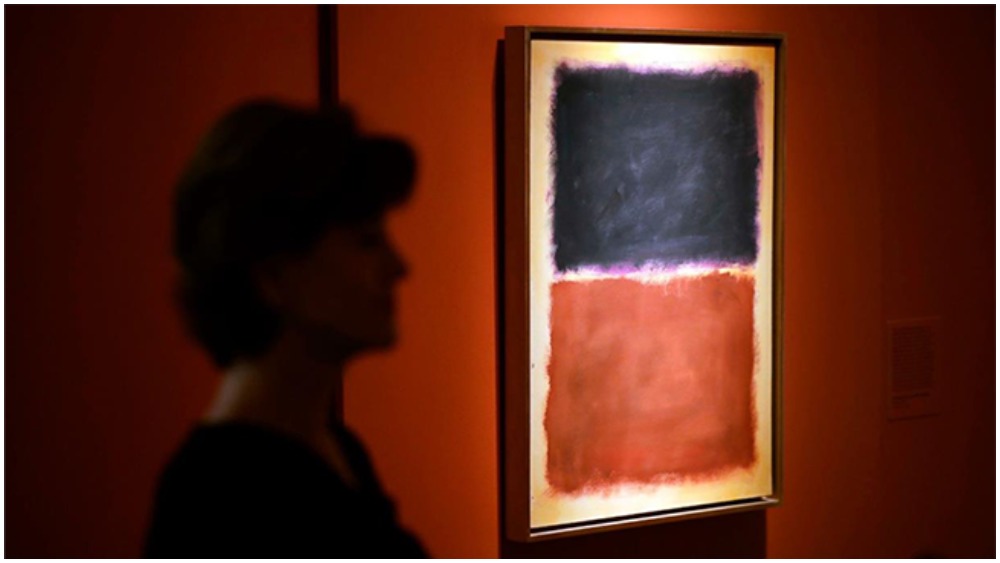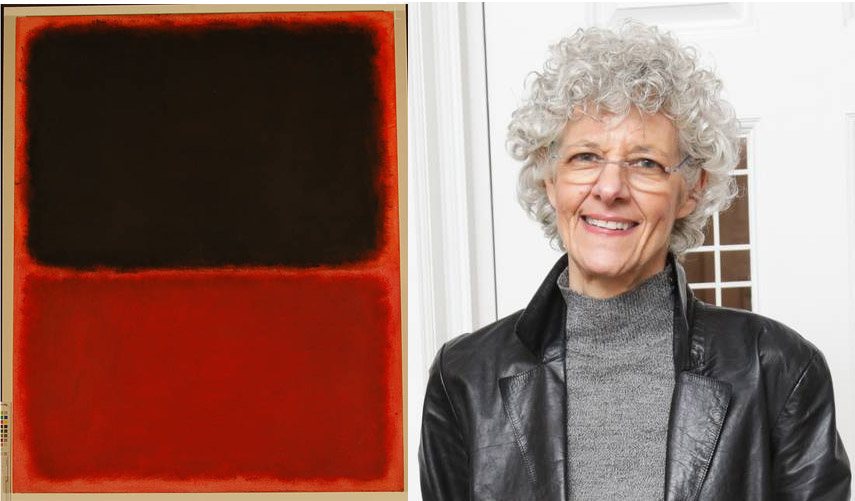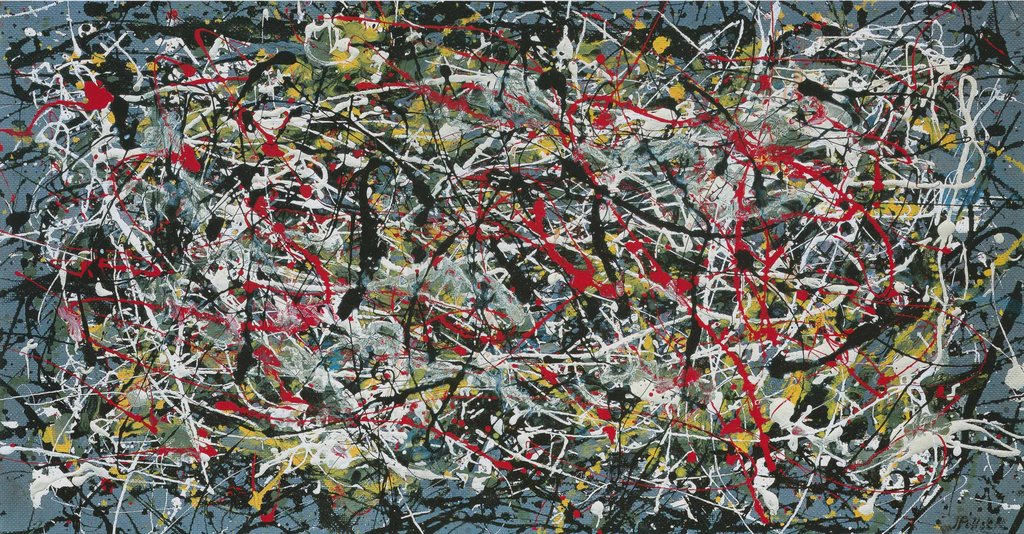Everything

The art world has been abuzz the past week after Made You Look arrived on Netflix, the much-anticipated documentary explores the most extensive art forgery in American history.
Directed by Barry Avrich, Made You Look is a gripping cat-and-mouse story that delves deep into the scandal that rocked the art world during the late 1990s and early 2000s.

It all begins in Manhattan at the prestigious Knoedler Gallery, known as the world’s oldest art gallery. The high-end art gallery is run by Ann Freedman, a director whose reputation in the art world is second to none. Freedman had been with the gallery for more than thirty years.
However, her decades-long reputation would be dashed by a chance encounter with a woman named Glafira Rosales. Rosales had no real standing in the art world, though she professed to be an art dealer from Long Island. In the late 1990s, she approached Ann Freedman at the Knoedler Gallery with an offer equivalent to the holy grail in the high stakes art world.
Glafires claimed to have a nameless client who owned previously unseen artworks by Jackson Pollock, Willem de Kooning and Mark Rothko. This backlog of Abstract Expressionist art proved tantalising for Freedman, who began purchasing the paintings from Glafires and selling them to high-end clients.
The only problem: they were all fake.
Made You Look wastes no time diving headfirst into the scandal that would amount to an $80 million con.
The documentary provides a platform to a stellar cast of characters involved in the con, beginning most notably with Ann Freedman. Freedman has the air of a distant aunt, the type that might forget your name at annual family get-togethers. While the scandal has decimated her career, the jury is still out on whether Freedman was complicit.
She maintains that she, too, is a victim of art forgery. Still, many critics believe Freeman was in on the con, desperate for a big splash to help her maintain relevancy in an ever-changing industry. Early on, M.H. Miller of The New York Times says, “Either she was complicit in it, or she was one of the stupidest people to have worked at an art gallery.”
Perhaps the most fascinating part of Made You Look is learning how art forgery is almost an art form in itself.
While there were more than sixty artworks involved in the con, Made You Look focuses on two incredibly lucrative sales. The first concerns a fake Mark Rothko purchased by Domenico De Sole, chairman of Sotheby’s, who paid $8.3 million for the painting.
In the art world, ‘provenance’ refers to a paper trail of ownership and is a crucial part of establishing a piece’s authenticity. Freedman had seen no real evidence of provenance but is too captured by the rarity of the work. However, she does show the piece to an assortment of experts, including David Anfam, who was the renowned scholar-guru of Rothko.
Anfam believed the art forgery to be a real Rothko. His seal of approval was all it took for Freedman to execute the sale.
The other major work that Made You Look zeroes in on is the sale of a Jackson Pollock — a 1949 drip painting of red, black, and white with splashes of yellow, called “Untitled.” While the Pollock raises more eyebrows, it still receives the backing of many Pollock aficionados, and again Freedman finds a buyer for this near-perfect knock off.

Ultimately we learn that the genius responsible for these fakes is a Chinese math professor named Pei-Shen Qian. Pei-Shen is a trained artist who studied alongside the famed Ai Wei Wei but struggled to make ends meet while living in New York in the 1980s and 1990s.
In New York, Pei-Shen first crossed paths with Jose Carlos Bergantiños Diaz, the boyfriend of Glafira Rosales. Diaz offered to pay Pei-Shen to recreate famous abstract art, and the Chinese national found himself sucked into the scandal.
Ultimately, Made You Look is a cautionary tale, one that lends authority to the belief that if it’s too good to be true, it probably isn’t true.